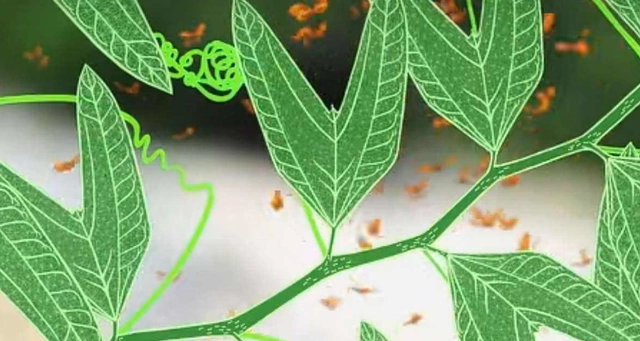From aquatic to terrestrial, from simple to complex, from low to high, etc.
The trend of biological evolution is: from simple to complex, from low to high, from aquatic to terrestrial. In the process of studying biological evolution, an important method of studying biological evolution is the comparative method. The comparative method refers to comparing interrelated things according to certain standards to determine their similarities and differences. By comparing the characteristics of various things, we can grasp the internal connection between things and understand the essence of things.

What is the general trend of biological evolution?
The general trend of biological evolution is from simple to complex, from low to high, from aquatic to terrestrial. From the perspective of reproduction, ferns reproduce by spores, while seed plants reproduce by seeds. Ferns are the main species of plants, a lower class of higher plants, and primitive vascular plants. Most of them are herbaceous plants, and a few are woody plants. Seed plants are the highest class in the plant kingdom. They have vascular tissues in their bodies-phloem and xylem.

What is the law of evolution of the plant kingdom?
Algae plant stage
From the Archean, Proterozoic to the Devonian, the plant kingdom lived in water without organ differentiation. In the early stage, filamentous algae dominated, and in the later stage, phyllodes dominated.
Early vascular plants
From the end of the Triassic to the Early and Middle Devonian, the land area on the earth’s crust increased, and the plant kingdom expanded from water to land. The earliest terrestrial plants were mainly protoferns, including protoferns, nodal ferns, true ferns and pre-gymnosperms,
Ferns and ancient gymnosperms,
From the Late Devonian to the Early Permian, the plant kingdom was mainly composed of Lycopodium, Arthropoda, Eupatorium, seed ferns of ancient gymnosperms and conifers.
Gymnosperm stage
From the Permian to the Early Cretaceous, the plant kingdom was dominated by gymnosperms, Suttman, Ginkgo, Pinaceae and Mesozoic true ferns,
Angiosperm stage

Angiosperms first appeared in the Early Cretaceous and gradually dominated the plant kingdom from the Late Cretaceous to the Quaternary.
